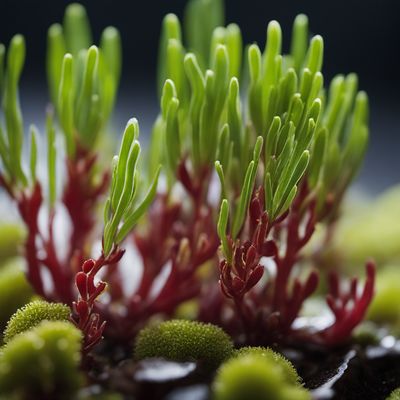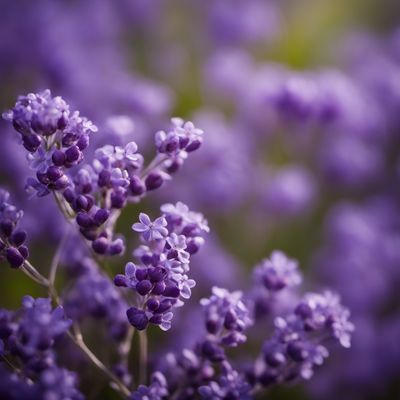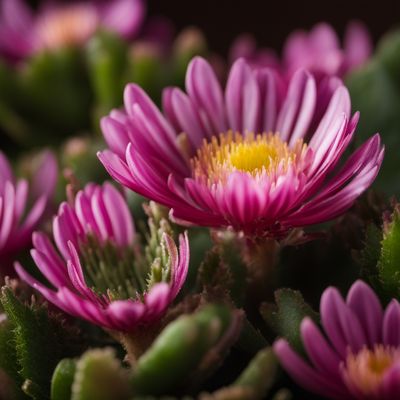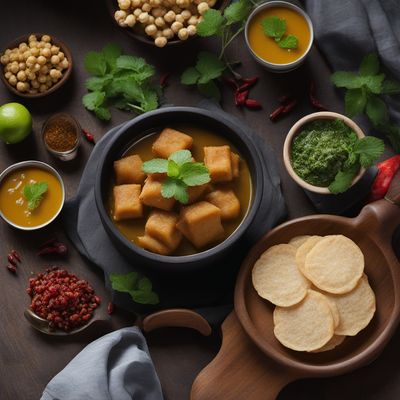
Ingredient
Purslanes
The Nutrient-Packed Green
Purslanes are small, succulent leafy greens with a slightly tangy and lemony flavor. They have a crisp texture and are often used raw in salads or as a garnish. Purslanes are rich in omega-3 fatty acids, vitamins A, C, and E, and minerals like magnesium and potassium. They have a vibrant green color and add a refreshing element to any dish.
Origins and history
Purslanes have a long history and are believed to have originated in Persia (modern-day Iran). They have been used for centuries in various cuisines around the world, including Mediterranean, Middle Eastern, and Asian cuisines. Purslanes were highly regarded by ancient Greeks and Romans for their medicinal properties and were even used by sailors to prevent scurvy due to their high vitamin C content.
Nutritional information
Purslanes are low in calories and high in nutrients, making them an excellent addition to a healthy diet. They are a good source of vitamins A, C, and E, as well as omega-3 fatty acids.
Allergens
There are no known allergens associated with purslanes.
How to select
When selecting purslanes, look for fresh, vibrant leaves that are free from wilting or yellowing. The stems should be firm and not slimy. Avoid purslanes with brown spots or signs of decay. If possible, choose organically grown purslanes to minimize exposure to pesticides.
Storage recommendations
To store purslanes, wrap them loosely in a damp paper towel and place them in a perforated plastic bag. Store them in the refrigerator's vegetable drawer, where they can stay fresh for up to a week. Avoid washing purslanes until ready to use, as excess moisture can cause them to spoil faster.
How to produce
Purslanes can be easily grown in a home garden or even in pots. They thrive in sunny locations with well-drained soil. Sow the seeds directly in the soil or transplant seedlings. Regular watering and occasional fertilization will help them grow vigorously.
Preparation tips
Purslanes can be enjoyed raw in salads, sandwiches, or wraps to add a refreshing crunch. They can also be lightly sautéed or stir-fried with garlic and olive oil for a simple and nutritious side dish. Additionally, purslanes can be used as a garnish for soups, stews, or roasted meats to add a pop of color and tangy flavor.
Culinary uses
Purslanes are commonly used in Mediterranean, Middle Eastern, and Asian cuisines. They are widely available in countries like Greece, Turkey, Iran, India, and China.
More ingredients from this category

Rock samphires
"The Coastal Delicacy: Exploring the Unique Flavors of Rock Samphires"

Sea asters
The Ocean's Delight: Sea Asters

Glassworts
Glassworts: The Salty Succulents

Sea lavanders
Oceanic Delights

Hottentot fig
The Exotic Delight

Winter purslanes
The Nutrient-Packed Green: Winter Purslanes

Agretti
The Verdant Delight: Exploring the Unique World of Agretti

